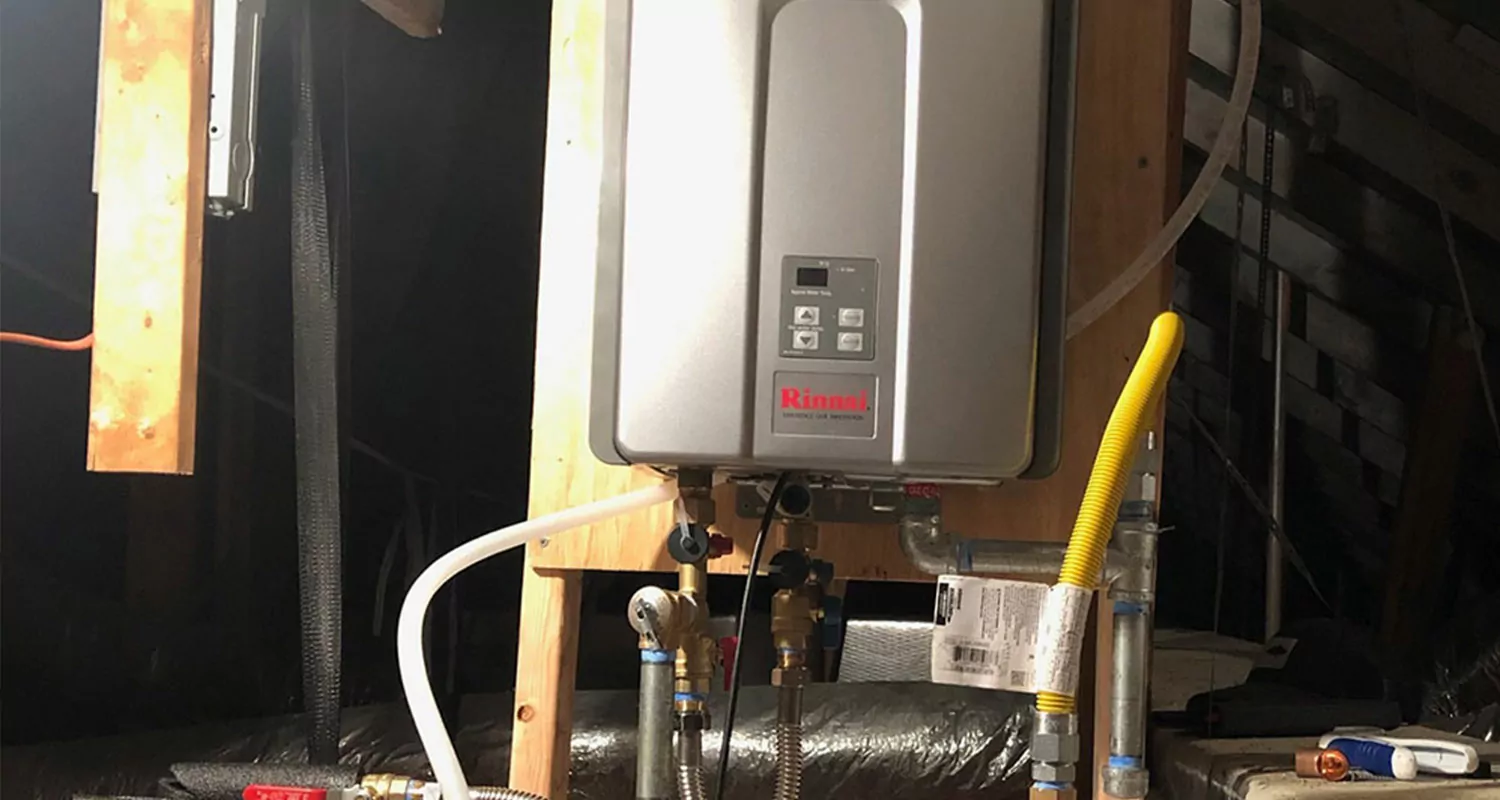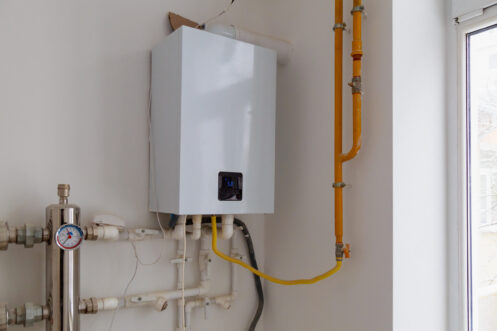We have come across this great article relating to How to Maintain Your Water Heater & Prolong its Life listed below on the net and concluded it made good sense to talk about it with you over here.

Warm water is important for everyday convenience, whether it's for a rejuvenating shower or cleaning dishes. To guarantee your warm water system runs effectively and lasts longer, normal maintenance is crucial. This article provides functional tips and insights on just how to maintain your home's warm water system to avoid interruptions and pricey fixings.
Introduction
Preserving your home's warm water system might seem overwhelming, but with a few easy actions, you can guarantee it operates smoothly for several years ahead. This overview covers everything from comprehending your warm water system to DIY maintenance ideas and recognizing when to call in professional help.
Value of Preserving Your Hot Water System
Routine upkeep not just extends the lifespan of your hot water system however also ensures it operates effectively. Ignoring upkeep can bring about decreased efficiency, higher energy expenses, and also premature failure of the system.
Indications Your Warm Water System Demands Maintenance
Understanding when your warm water system requires focus can protect against major issues. Look out for signs such as inconsistent water temperature, odd sounds from the heating unit, or corroded water.
Comprehending Your Hot Water System
Before diving into maintenance jobs, it's helpful to understand the basic components of your hot water system. Generally, this includes the water heater itself, pipes, anode rods, and temperature level controls.
Monthly Upkeep Tasks
Normal regular monthly checks can assist catch minor issues before they escalate.
Flushing the Water Heater
Flushing your hot water heater gets rid of debris accumulation, enhancing effectiveness and extending its life.
Checking and Replacing Anode Rods
Anode poles protect against rust inside the tank. Inspecting and replacing them when broken is vital.
Inspecting and Readjusting Temperature Level Settings
Adjusting the temperature setups makes sure ideal performance and safety.
Do It Yourself Tips for Upkeep
You can carry out several upkeep tasks yourself to maintain your warm water system in top condition.
Checking for Leakages
Consistently check pipes and connections for leakages, as these can cause water damage and greater expenses.
Evaluating Stress Relief Valves
Testing the pressure relief valve guarantees it works correctly and avoids excessive stress accumulation.
Insulating Pipelines
Insulating warm water pipelines reduces warm loss and can save power.
When to Call a Professional
While do it yourself upkeep is advantageous, some problems need professional experience.
Complicated Issues Calling For Professional Aid
Examples consist of major leakages, electrical problems, or if your hot water heater is regularly underperforming.
Regular Expert Upkeep Conveniences
Professional upkeep can include complete examinations, tune-ups, and ensuring conformity with safety requirements.
Conclusion
Routine upkeep of your home's warm water system is vital for effectiveness, longevity, and expense financial savings. By following these pointers and knowing when to seek specialist assistance, you can make certain a dependable supply of warm water without unexpected interruptions.
How to Maintain an Instant Hot Water Heater
Before tinkering with your hot water heater, make sure that it’s not powered on. You also have to turn off the main circuit breaker and shut off the main gas line to prevent accidents. Also turn off the water valves connected to your unit to prevent water from flowing into and out of the appliance. 2. When you’re done, you have to detach the purge valves’ caps. These look like the letter “T” and are situated on either side of the water valves. Doing so will release any pressure that has accumulated inside the valves while at the same time avoid hot water from shooting out and burning your skin. 3. When the purge valves’ caps are removed, you have to connect your hosing lines to the valves. Your unit should have come with three hoses but if it didn’t, you can purchase these things from any hardware or home repair shops. You can also get them from retail stores that sell water heating systems. Read the user’s manual and follow it to complete this task properly. When the hosing lines are connected, open the purge port’s valves. 4. You should never use harsh chemical cleaners or solutions when cleaning your unit. Make use of white vinegar instead. It should be undiluted and you’ll probably use about 2 gallons. 5. Now flush your water heater. This task should probably take about 40 minutes. We can’t give you specific directions for this because the procedure is carried out depending on the type, model and brand of your heater. With that being said, refer to the user’s manual. 6. When you’re done draining the unit, you have to turn off the purge port valves again. Remove the hosing lines that you earlier installed on each of the water valves. Put the valve caps (purge port) back in their respective places and be very careful so as not to damage the rubber discs that are found inside these caps. 7. Now that everything’s back in place, check your user’s manual again to find out how to reactivate your water heating system. 8. Once it is working, turn one of your hot water faucets on just to let air pass through the heater’s water supply pipes. Leave the tap on until water flows smoothly out of it. https://www.orrplumbing.com/blog/2014/september/how-to-maintain-an-instant-hot-water-heater/

Hopefully you enjoyed our section on How to Maintain Your Water Heater & Prolong its Life. Thank you for taking time to read through our content. So long as you enjoyed our blog post plz consider to pass it around. I cherish reading our article about What Kind of Maintenance Do Water Heaters Need?.
Schedule A Service Call